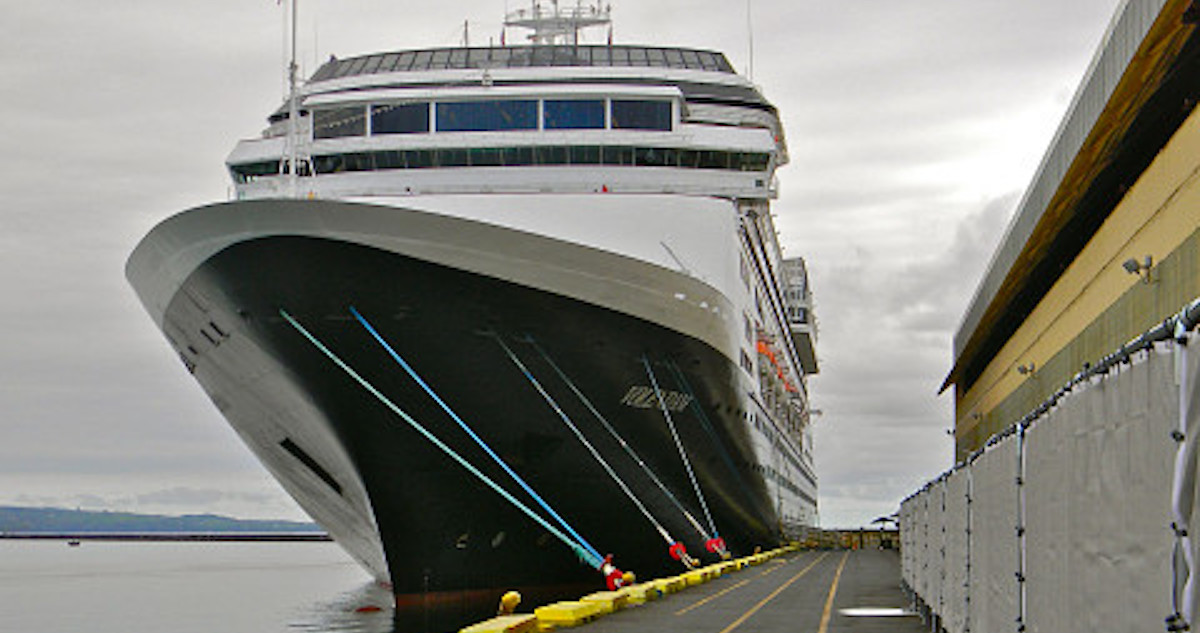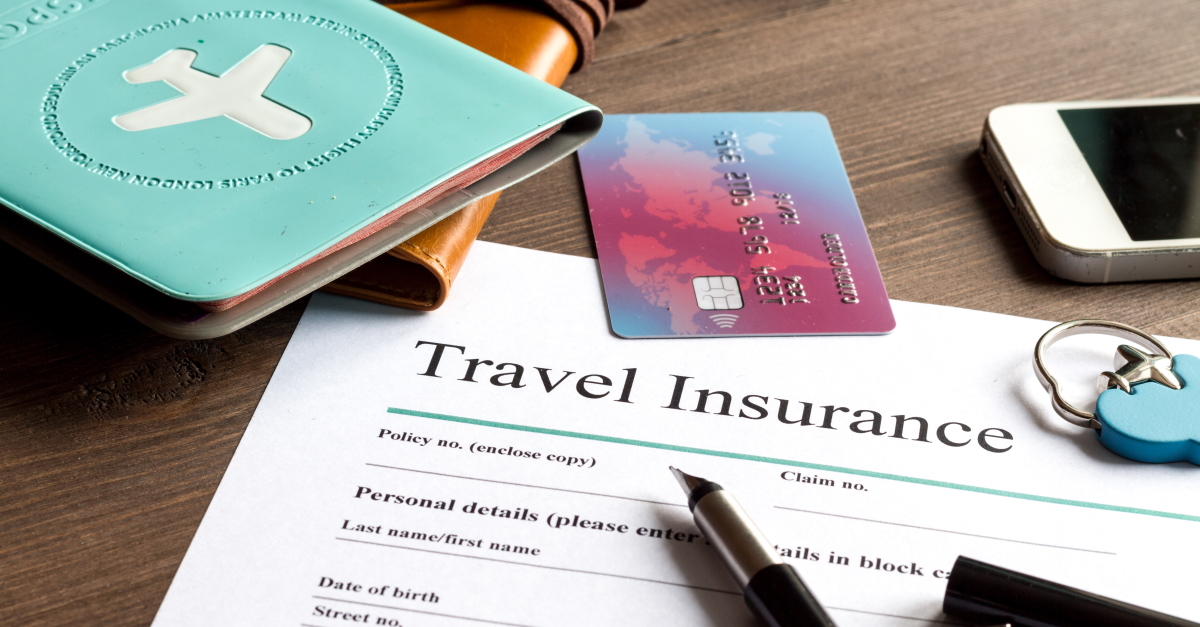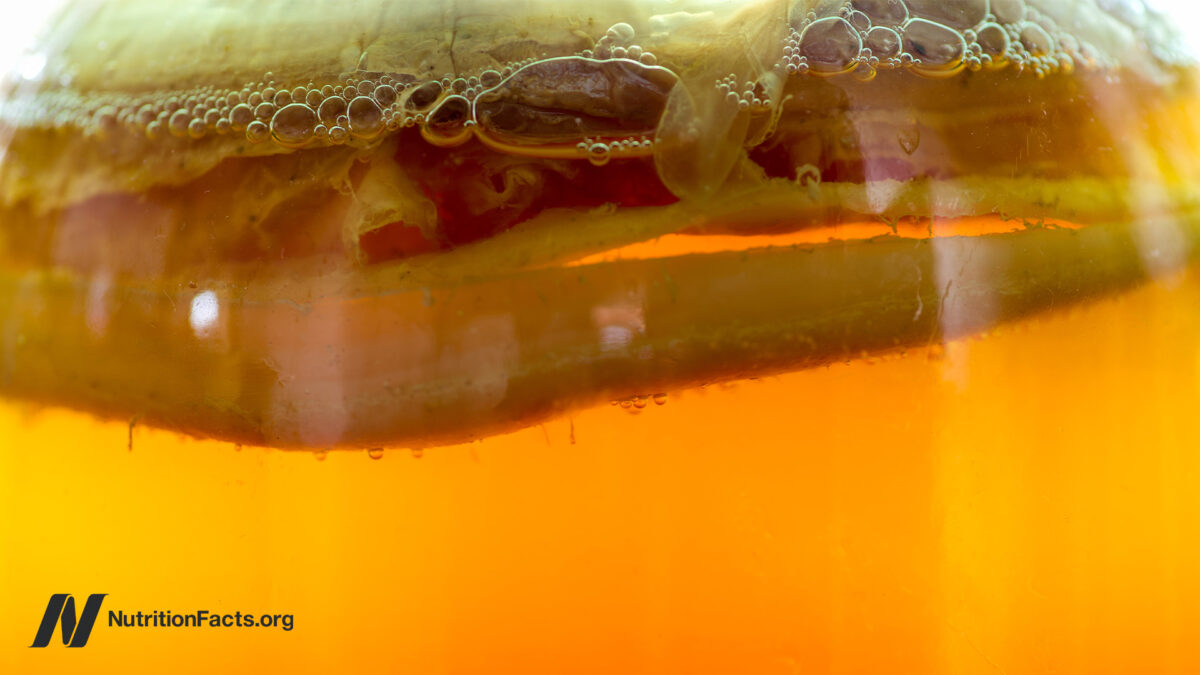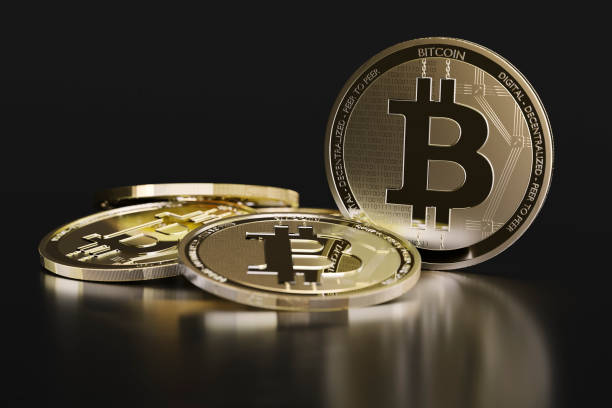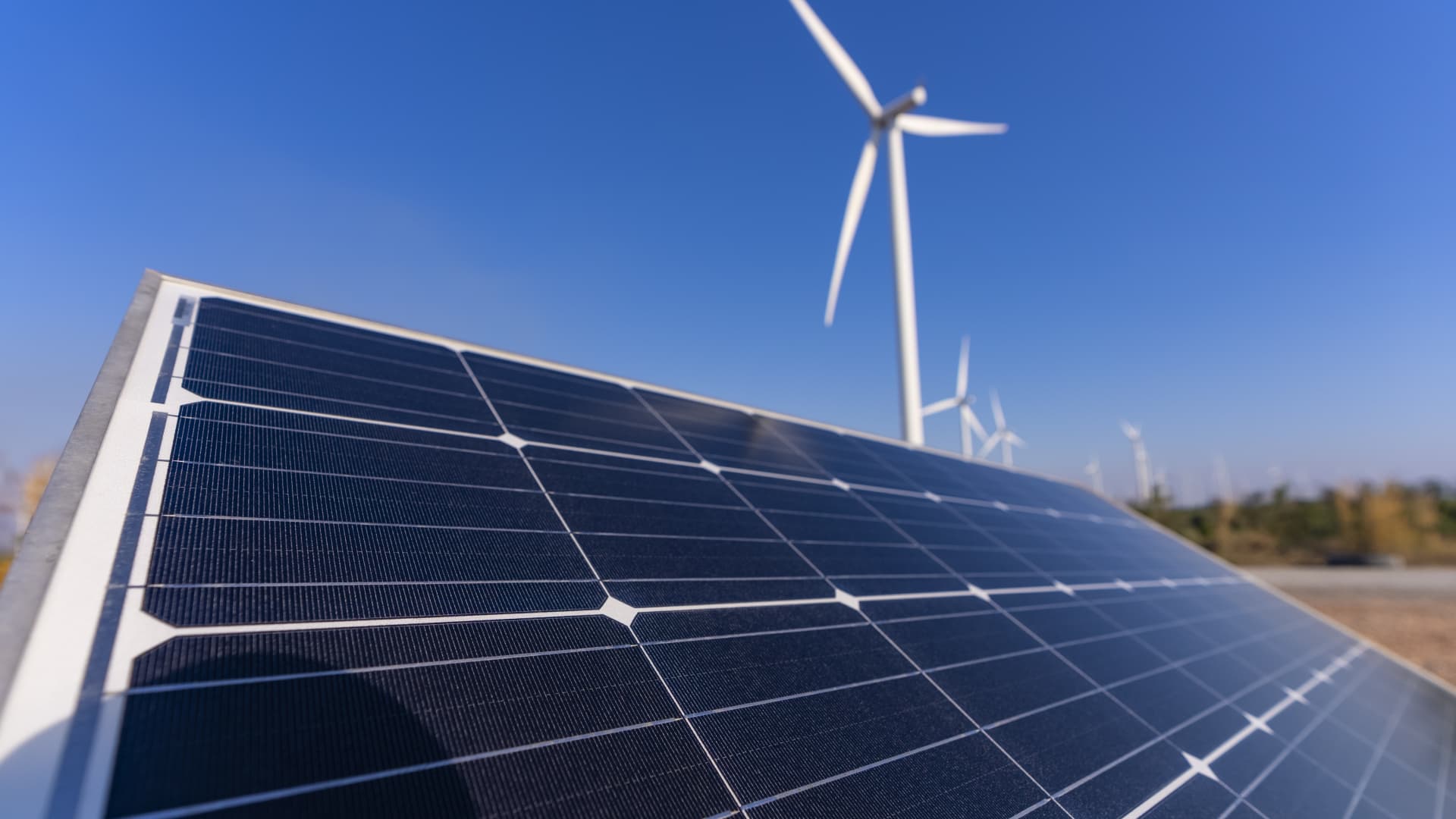3 easy ways to save money on gas this Fourth of July weekend, according to an auto expert
Not having the right tire pressure can eat away at your vehicle's fuel efficiency, and can cut your mileage by 5% to 10%.

Americans are preparing to hit the road for the July Fourth weekend with gas prices near record highs.
The national average price for a gallon of regular gas is $4.86, up significantly from the $3.12 it was at the same point last year, according to data from AAA. In some states it is even higher: The current average in California is $6.27, while Washington and Oregon's averages are both just shy of $5.50.
With Independence Day marking the beginning of the end of the peak summer driving season, here are three tips to get the most mileage out of your vehicle on the way to your Fourth of July hot dogs and fireworks, according to Marc O'Dell, an auto mechanic with 25 years of experience at companies like Ford and Chrysler who currently works with JustAnswer.
1. Make sure you have the right tire pressure
Before hitting the road, make sure your tires are adequately full, O'Dell says.
"You want to make sure that your tires are inflated to the right pressures, as per the manufacturer's recommendations on your door stickers," he tells CNBC Make It.
Not having the right tire pressure can eat away at your vehicle's fuel efficiency. A drop of five to 10 PSI below the recommended pressure can cut your mileage by 5% to 10%, O'Dell says.
"The more weight that you have sitting on the road with deflated tires, it's going to create more friction, more rolling resistance, and it's going to start pulling down your fuel mileage," he says.
2. Cruise control is your friend
When you find yourself on a long stretch of highway, O'Dell recommends taking advantage of your vehicle's cruise control feature rather than manually controlling the throttle with your foot. Doing so, in conjunction with going a few miles below the speed limit, will allow your vehicle's onboard computer and sensors to maximize fuel efficiency.
The less speed and the less throttle you're using, the better it's going to be for your savings.
Marc O'Dell
JustAnswer Auto Expert
"If you're going a bit slower, and using the cruise control, the engine computer is automatically going to calculate the greatest fuel economy that you can get for those road speeds and tune the engine accordingly," O'Dell says. "The less speed and the less throttle you're using, the better it's going to be for your savings."
O'Dell acknowledges that the savings aren't overwhelmingly large, but over the course of a long road trip, they can add up.
"Ballpark, you can probably expect anywhere from 1% to 5% increase [in mileage] by using cruise control, but every little bit helps," he says.
3. Think like a NASCAR driver
While it may seem counterintuitive to stay behind another car on the highway, utilizing the leading vehicle's draft can be a useful way to increase your mileage because it lowers the air resistance on your vehicle, O'Dell says. "It's a bit like what NASCAR drivers do."
That's not to say you need to tailgate the car in front of you — O'Dell still recommends leaving three to four car lengths between yourself and the car you're following so that you have time to react in case they brake suddenly.
"If there's enough vehicles on the road, it seems to take care of itself just breaking up the air and getting it moving in a certain direction," he says.
Sign up now: Get smarter about your money and career with our weekly newsletter
Don't miss: Your credit utilization rate makes up 30% of your credit score—here's how to calculate it

 MikeTyes
MikeTyes 










